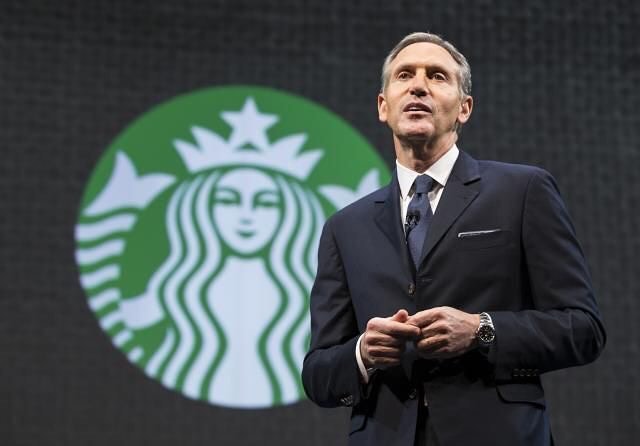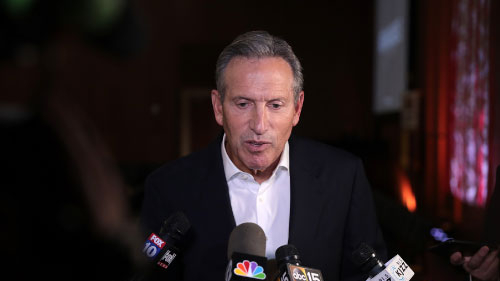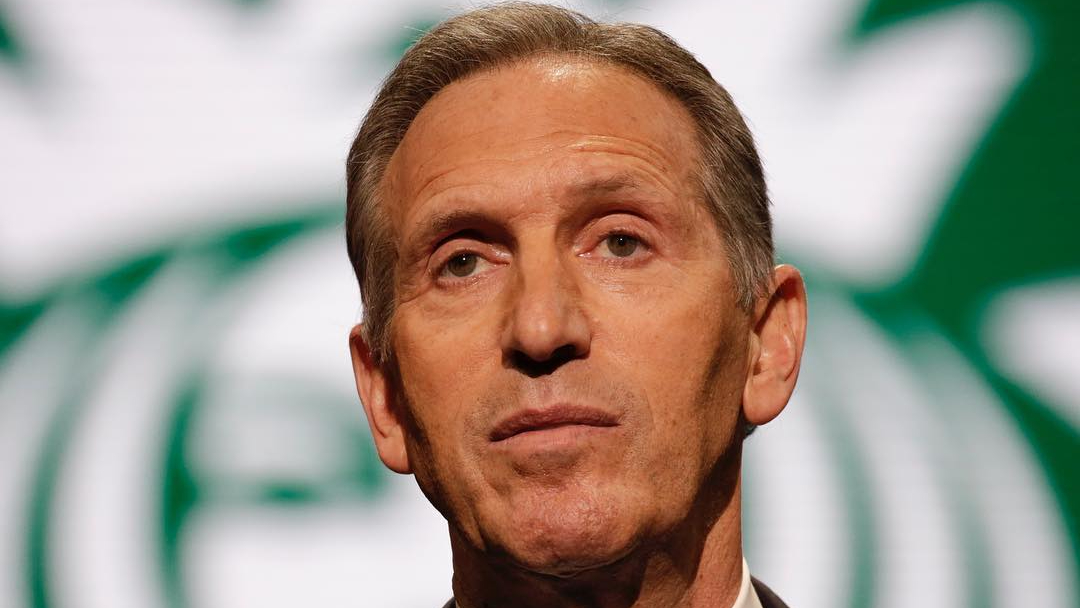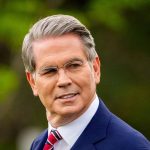How Howard Schultz Built (and Rebuilt) Starbucks Three Times
Howard Schultz and Starbucks stick together like glue, but his journey with the company has been far from a straight line. Schultz has stepped away and returned to the company three times over the years aiming to reshape Starbucks into a global powerhouse. His leadership, vision, and strategic decisions have defined not just Starbucks but also modern coffee culture.
The First Build: Creating the Starbucks Brand
In 1981, Howard Schultz visited a small coffee shop in Seattle called Starbucks, which at the time sold coffee beans rather than the brewed drink we know for today. Schultz was inspired by the coffee culture observed in Italy, visioning Starbucks as a "third place" between work and home where people could gather and enjoy high-quality espresso beverages.
After joining Starbucks as Director of Retail Operations and Marketing in 1982, Schultz left in 1985 to start his own coffee company, Il Giornale, which mirrored the Italian espresso bar experience. Two years later, he acquired Starbucks, merged it with Il Giornale, and began expanding aggressively. Under his leadership, Starbucks introduced handcrafted espresso beverages, pioneered customer-centric service, and launched an iconic brand experience. By the late 1990s, Starbucks had expanded across the U.S. and entered international markets, becoming a household name.
Related: Starbucks Workers Expand Strike Amid Labor Dispute
Related: Starbucks CEO Brian Niccol's Bold Vision: 7 Game-Changing Strategies to Revitalize the Coffee Chain

The Second Build: Rescuing Starbucks from Decline
In 2000, Schultz stepped down as CEO, transitioning to Chairman, and Starbucks continued expanding. However, by the mid-2000s, rapid growth had led to a decline in quality, loss of brand identity, and financial struggles. Competitors like McDonald’s and Dunkin’ Donuts had entered the premium coffee space, and customer experience was deteriorating.
In 2008, Schultz returned as CEO to fix the struggling company. His first move was to refocus on quality and authenticity. He closed 7,100 stores for a day of barista retraining, removed inefficient automatic espresso machines, and revamped the company’s digital presence. Schultz also introduced the Starbucks Rewards loyalty program, mobile ordering, and a renewed emphasis on social responsibility. His turnaround efforts revitalized Starbucks, and by the early 2010s, the company was once again thriving.
What's your go to Starbucks order?
The Third Build: A New Era and the Future of Starbucks
Schultz successfully revived Starbucks but decided to step down once again in 2017, handing the role to Kevin Johnson. If we couldn't see how much Schultz couldn't let go of the business, in 2022 he returned amid Starbucks' wave of challenges, including unionization efforts, economic shifts, and post-pandemic consumer changes.
His third tenure focused on addressing employee concerns, navigating the labor movement within Starbucks, and reinforcing the company’s commitment to ethical sourcing and sustainability. He also accelerated Starbucks' expansion into digital and drive-thru services, positioning the company for the future.

Conclusion
Howard Schultz’s repeated returns to Starbucks showcase his ability to lead, adapt, and innovate in an ever-changing market. His vision for Starbucks as more than just a coffee chain but a cultural and community-driven brand has been the foundation of its success. Though he has stepped away again, his influence continues to shape the company, proving that great leadership isn’t about building a company just once, but knowing when and how to rebuild it.









